Jessie Fauset Gets Dissed
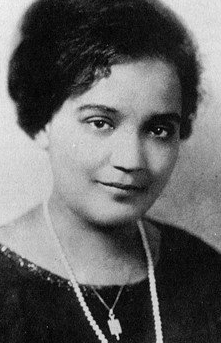
Ask even a well-educated reader of Harlem Renaissance literature who was the most prolific novelist of the time, and you’ll probably get a wrong answer. Furthermore, this same person published many personal essays, had a essay in The New Negro, and acted as a mentor to several younger writers of the Renaissance. And she’s pretty much unknown. Why? The answer is in the pronoun.
In the masculinist histories of the Harlem Renaissance, Jessie Fauset is consistently belittled, ignored, or relegated as subordinate to W.E.B Du Bois because she worked as a literary editor of The Crisis from 1919 to 1926. This is deeply unfair. Though she helped to usher in a crucial period of artistic flourishing, and was herself a vital participant in that flourishing, she was not destined to get much credit for it.
Fauset wrote and published four novels during the Harlem Renaissance. None of them got much love, although notice was taken of her first,
There Is Confusion (1924), mostly because so few novels written by African Americans had been published up to that time. Presumably to mark that achievement, Charles Spurgeon Johnson, the editor of
Opportunity, a journal published by the National Urban League and, under Johnson, one of the leading outlets for young black writers, set about to organize a dinner in Fauset’s honor. What he really wanted to do was bring together white editors and publishers as well as black intellectuals and literary critics to kickstart a Negro literary movement that would raise the profiles of such promising but still untested writers as Langston Hughes and Countee Cullen and promote the fame of Jean Toomer (Cane) and Claude McKay (Harlem Shadows) who had published earlier in the decade.
Nobody was enthusiastic about
There Is Confusion, and in truth it was a bad novel. (I gave up trying to read it after the first 60 pages.) The publication of Fauset’s novel provided the occasion to celebrate books by Negro writers but could not be positioned as exemplary. Johnson asked Alain Locke to be the Master of Ceremonies for what became known as the Civic Club Dinner, and the former philosophy professor and future editor of
The New Negro smoothly steered the dinner’s course around its putative guest of honor and her unfortunate book.
Fauset was deeply hurt and angry. Years later, in 1933, she wrote a scathing letter to Locke declaring that he, with “consummate cleverness,” had managed, on that evening in 1924, to “keep speech and comment away from the person for whom the occasion was mean.” For the would-be midwives of what was first known as “the Negro Renaissance, the Civic Club Dinner was a brilliant success. Out of it came the idea for
The New Negro anthology, and a host of African American writers eventually got published through this skillfully planned introduction to the white world of publishing, criticism, and interracial schmoozing. It set the table for the banquet of the Harlem Renaissance.
Although Fauset went on to publish three more novels, the second of which,
Plum Bun (1928) is purported to be pretty good, she is little read today, in spite of the rising profile of the Harlem Renaissance, and even less discussed. As a writer of fiction, Fauset had several strikes against her. She had little talent for telling a good story. Because she was half a generation older than the younger writers of the Renaissance, she was hamstrung by the Victorian writing that she had imbibed as a daughter of the light-skinned Philadelphia African American elite. And finally, she produced “women’s writing,” centered around love and courtship and marriage. No wonder she was destined for noblivion.
Still, the role she played in the lead up to and early years of the Harlem Renaissance deserves more recognition than she gets. In his essential history,
When Harlem Was in Vogue, David Levering Lewis wrote of Fauset, “There is no telling what she would have done had she been a man, given her first-rate mind and formidable efficiency at any task.”
The distaff writers of the Harlem Renaissance were slighted then and continue to be slighted now. As a woman you have to be a
really good writer – and suffer decades of neglect – to come out of the Renaissance with any reputation. Who can you name besides Nella Larson and the transcendent Zora Neale Hurston?
Recent Posts
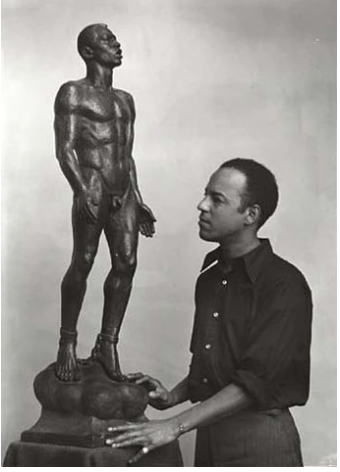
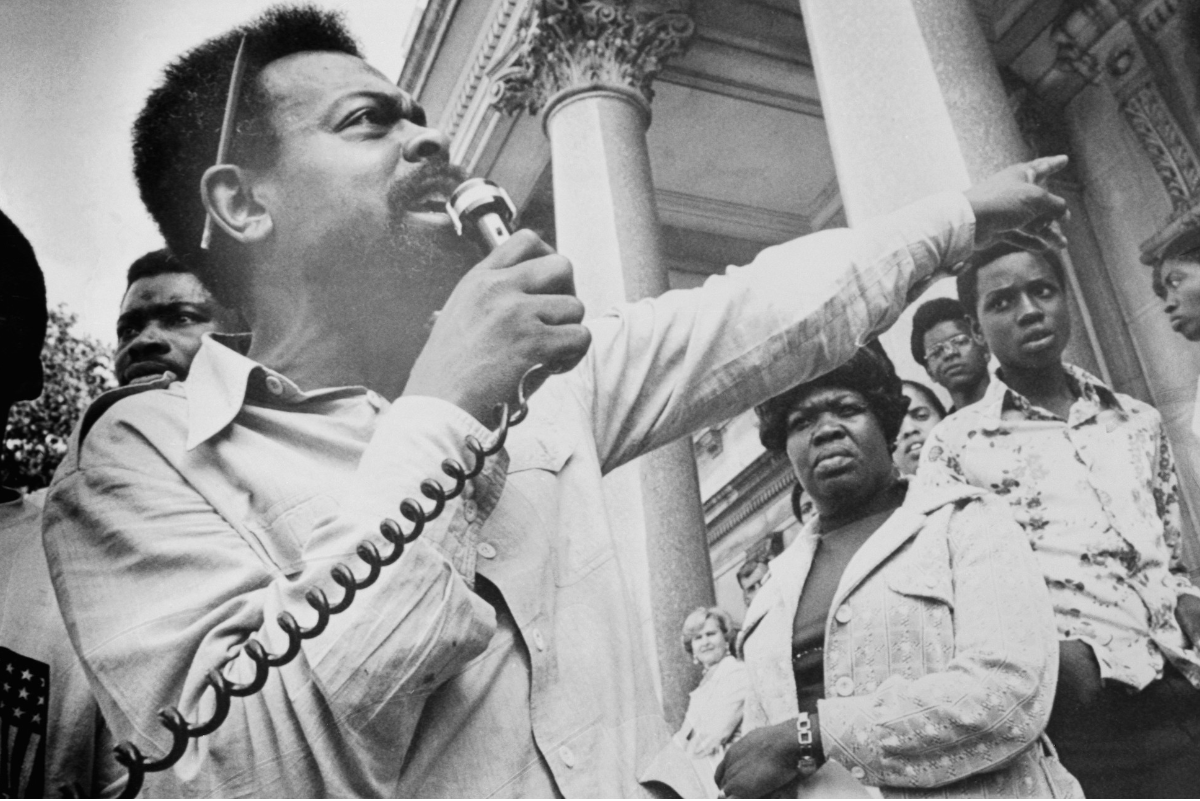
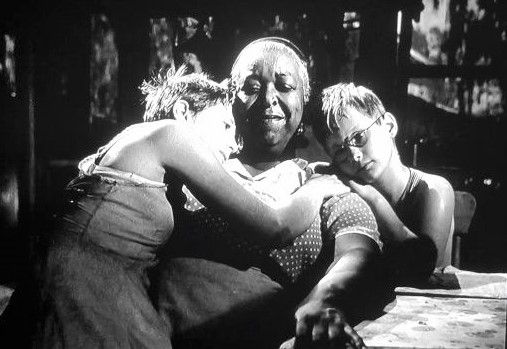
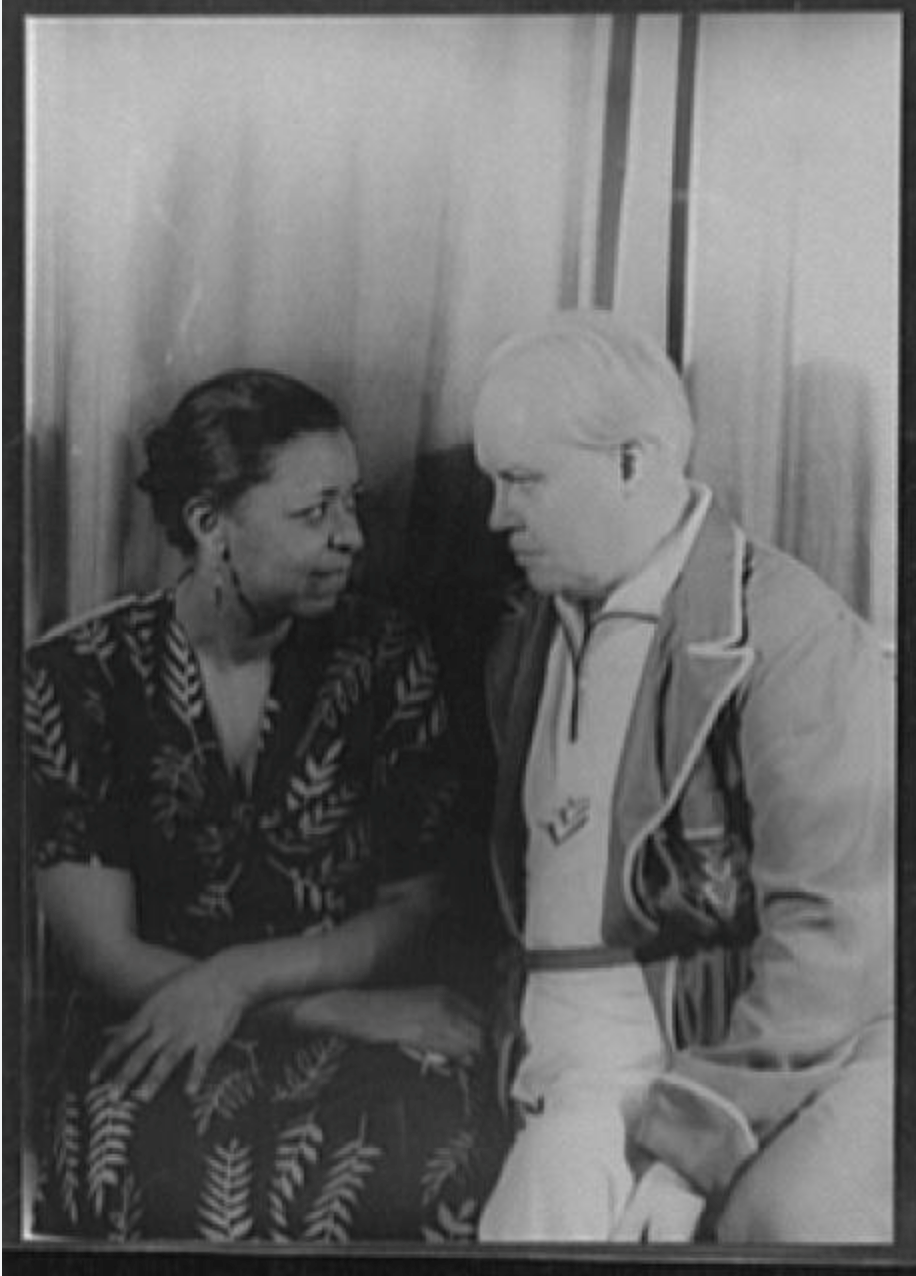
SHOGA FILMS is a 501(c) (3) non-profit production and education company. We create multimedia works around race and sexuality that are intended to raise awareness and foster critical discussion.
Contact Us
All Rights Reserved | Shoga Films
Stay Connected
Thanks for subscribing!
Please try again later.


